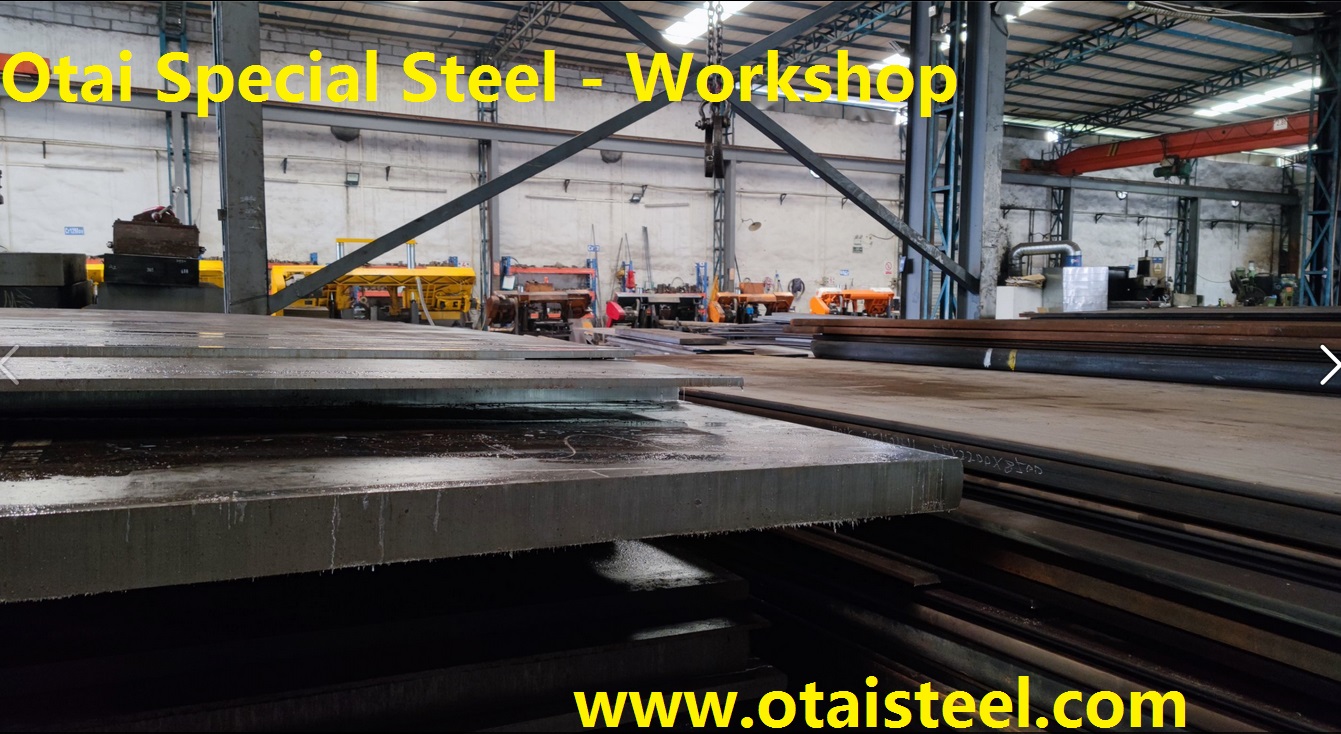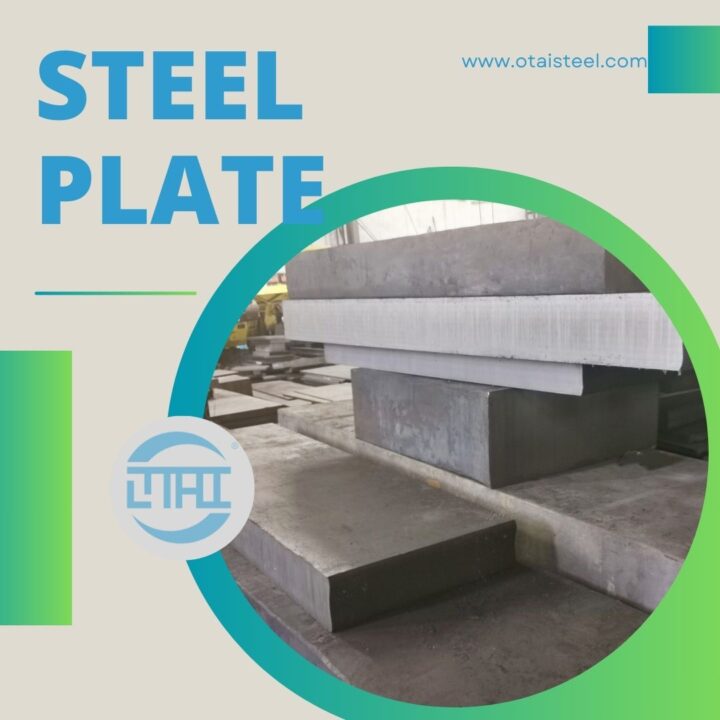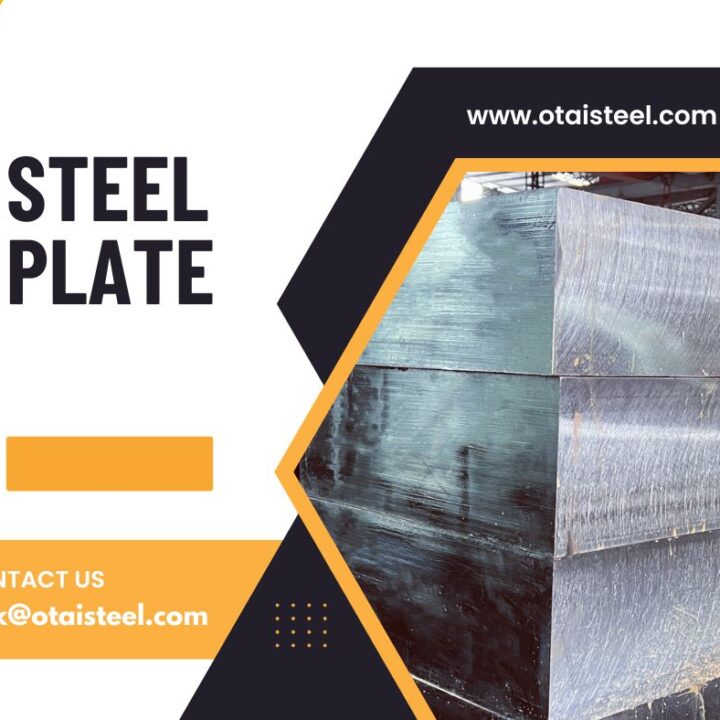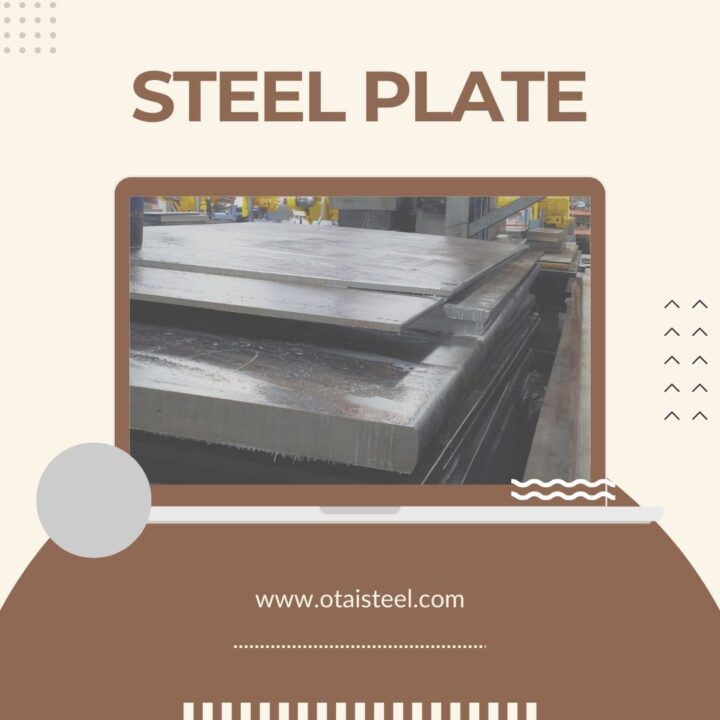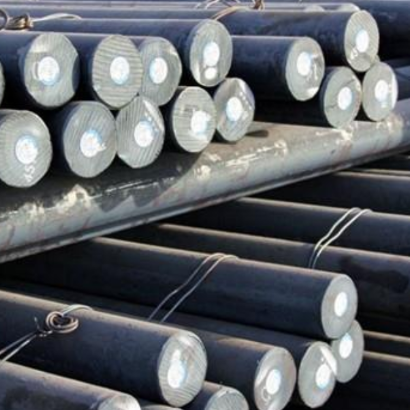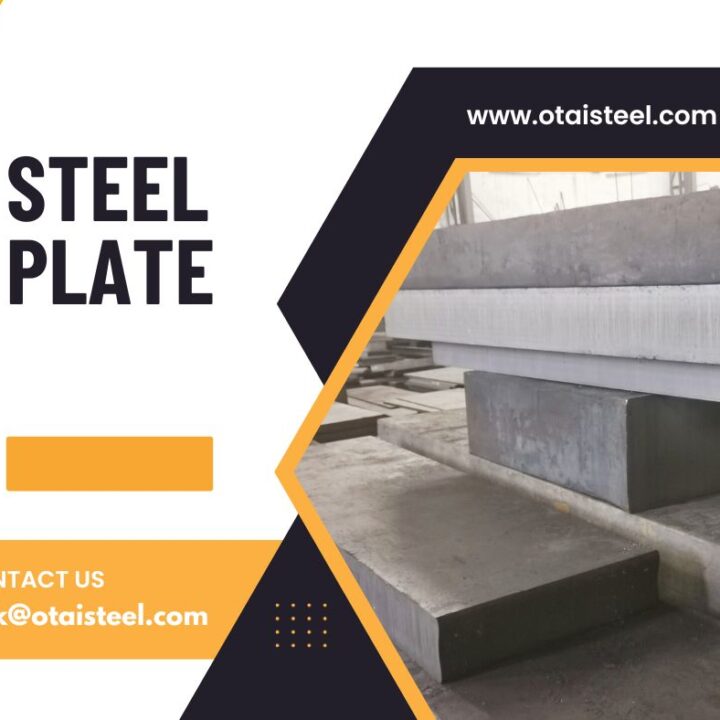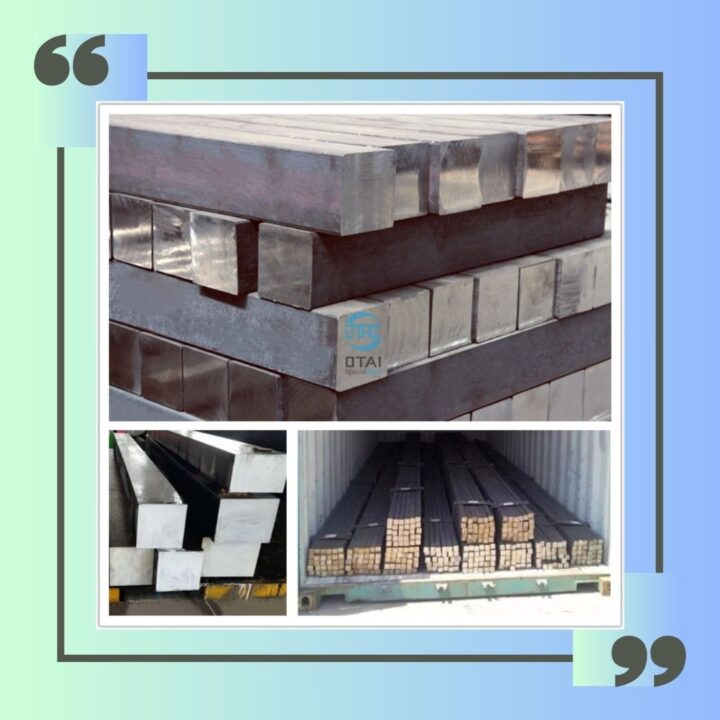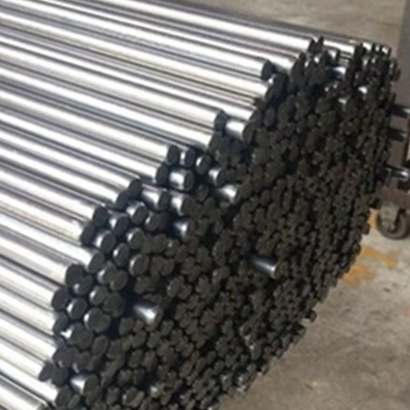The Many Faces of 30CrNiMo8 Alloy
In the realm of alloy steels, 30CrNiMo8 emerges as a versatile player, showcasing a myriad of faces that cater to diverse industrial needs. This alloy, with its unique composition, offers a spectrum of properties that make it a sought-after material in various applications. Let’s dive into the multifaceted nature of 30CrNiMo8 alloy and uncover the different roles it plays in shaping industries.
Unveiling the Composition: What Makes 30CrNiMo8 Tick?
To understand the many faces of 30CrNiMo8, it’s essential to dissect its composition. This alloy is a member of the chromium-nickel-molybdenum family, where ’30’ denotes the approximate percentage of carbon, and ‘Ni’ and ‘Mo’ signify the presence of nickel and molybdenum, respectively. This combination forms the backbone of the alloy, imparting it with a range of mechanical and thermal properties.
Strength and Toughness: Powering the Machinery
One of the prominent faces of 30CrNiMo8 alloy lies in its exceptional strength and toughness. This makes it a go-to choice in the manufacturing of heavy-duty machinery components. Gears, shafts, and crankshafts crafted from 30CrNiMo8 alloy withstand the rigors of high-stress environments, ensuring optimal performance and longevity.
Heat Resistance: Handling the Heat with Grace
The ability to withstand elevated temperatures is another facet that sets 30CrNiMo8 apart. This attribute makes it a preferred material in applications where exposure to heat is inevitable. Industries such as forging, where tools and dies are subjected to intense heat, benefit from the alloy’s heat resistance, ensuring durability under extreme conditions.
Versatility in Automotive Engineering: Driving Performance
In the automotive sector, 30CrNiMo8 alloy plays a crucial role in enhancing vehicle performance. Its high fatigue strength and wear resistance make it an ideal choice for manufacturing components like axle shafts and steering knuckles. The alloy’s versatility contributes to the efficiency and reliability of automotive systems, meeting the demands of modern driving conditions.
Aerospace Applications: Soaring to New Heights
When it comes to the aerospace industry, lightweight yet strong materials are imperative. 30CrNiMo8 alloy, with its excellent strength-to-weight ratio, finds applications in critical aerospace components. From aircraft landing gear to engine components, the alloy’s contribution to ensuring safety and reliability in the skies is undeniable.
Oil and Gas Exploration: Conquering Harsh Environments
The exploration and extraction of oil and gas demand materials that can withstand harsh environmental conditions. 30CrNiMo8 alloy rises to the challenge, proving its mettle in the construction of drilling equipment. Its corrosion resistance and high tensile strength make it a reliable choice for components that operate in challenging offshore environments.
Machinability: Shaping the Future with Precision
Beyond its mechanical properties, the machinability of 30CrNiMo8 alloy adds another dimension to its versatility. The ease with which it can be machined opens up possibilities for intricate and customized components. Manufacturers leverage this characteristic to create complex structures with precision, contributing to innovations in engineering.
Weldability: Bridging Gaps for Seamless Integration
In the world of fabrication, weldability is a crucial factor. 30CrNiMo8 alloy, with its excellent weldability, allows for the seamless integration of components. This feature not only simplifies the manufacturing process but also ensures the structural integrity of welded assemblies, making it a preferred choice in construction and engineering projects.
Conclusion: A Chameleon in the Alloy World
In conclusion, the many faces of 30CrNiMo8 alloy paint a picture of a chameleon in the alloy world, adapting to the specific needs of different industries. From providing the strength required in heavy machinery to soaring through the skies in aerospace applications, this alloy continues to shape the landscape of modern engineering.
